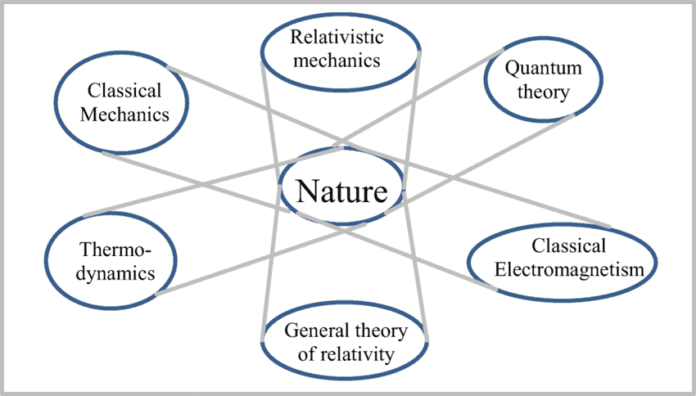Classical Physics is a branch of physics that studies the behavior and properties of matter and energy in macroscopic (large-scale) systems, such as those that are observable in our everyday lives. It is the foundation of modern physics and provides a framework for understanding many of the physical phenomena that we encounter in our daily lives. This article will discuss the fundamentals of classical physics and how they are applied in various areas of science.
Overview of Classical Physics
Classical physics can be broadly divided into two main branches: mechanics and electromagnetism. Mechanics is concerned with the motion of objects and the forces that cause them to move, while electromagnetism deals with the interaction between electrically charged particles and electromagnetic fields.
Mechanics
Mechanics can be further divided into two main branches: Newtonian mechanics and Lagrangian mechanics. Newtonian mechanics, named after Sir Isaac Newton, is concerned with the motion of objects under the influence of external forces. It is based on three fundamental laws of motion, which describe how objects move and how forces affect their motion.
Lagrangian mechanics, named after Joseph Louis Lagrange, is a more general approach to mechanics that describes the motion of objects in terms of the energy of the system. It is based on the principle of least action, which states that the motion of a system is determined by the minimum value of an action integral.
Electromagnetism
Electromagnetism is concerned with the interaction between electrically charged particles and electromagnetic fields. It is based on four fundamental equations known as Maxwell’s equations, which describe how electric and magnetic fields are generated and how they interact with matter.
Applications of Classical Physics
Classical physics is the basis for many areas of science and engineering. Some of the most notable applications include:
Astronomy and Astrophysics
Classical mechanics is used to describe the motion of celestial objects, such as planets and stars. It is also used to study the behavior of objects under extreme gravitational forces, such as black holes.
Engineering
Classical mechanics is used to design and analyze structures and machines, such as bridges and airplanes. Electromagnetism is used in the design of electrical circuits and devices, such as motors and generators.
Thermodynamics
Thermodynamics is the study of heat and its relationship to other forms of energy. It is based on the laws of classical mechanics and is used in the design of engines and power plants.
Acoustics
Acoustics is the study of sound and its behavior in different environments. It is based on the principles of classical mechanics and is used in the design of musical instruments and audio equipment.
Conclusion
In conclusion, classical physics is a fundamental branch of science that provides a framework for understanding many of the physical phenomena that we encounter in our daily lives. It is the foundation of modern physics and has numerous applications in various areas of science and engineering.
FAQs
- What is the difference between classical and modern physics? Classical physics deals with the behavior of matter and energy in macroscopic systems, while modern physics deals with the behavior of matter and energy in microscopic systems.
- Who were some of the key figures in the development of classical physics? Some of the key figures in the development of classical physics include Isaac Newton, Joseph Louis Lagrange, and James Clerk Maxwell.
- What are some practical applications of classical physics? Classical physics has numerous practical applications in areas such as astronomy, engineering, thermodynamics, and acoustics.
- How does classical physics relate to quantum mechanics? Classical physics provides a foundation for understanding the behavior of macroscopic systems, while quantum mechanics provides a framework for understanding the behavior of microscopic systems.
